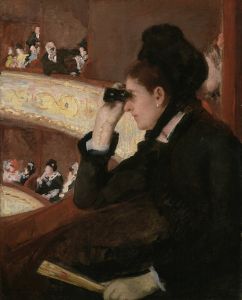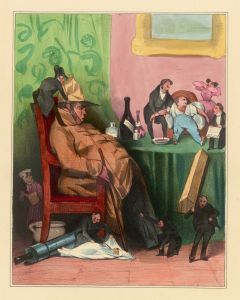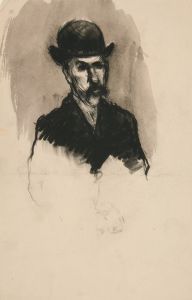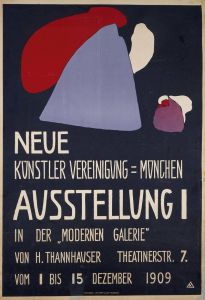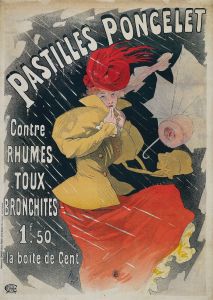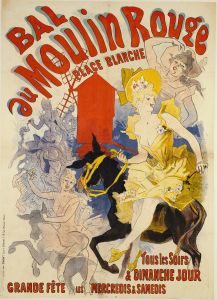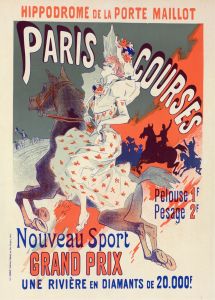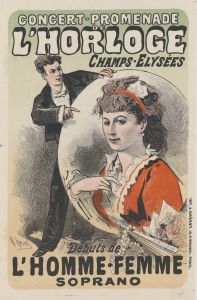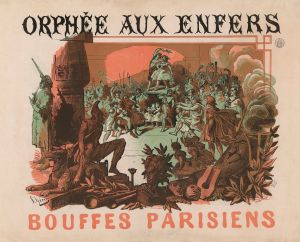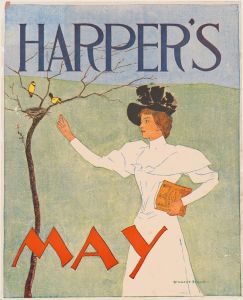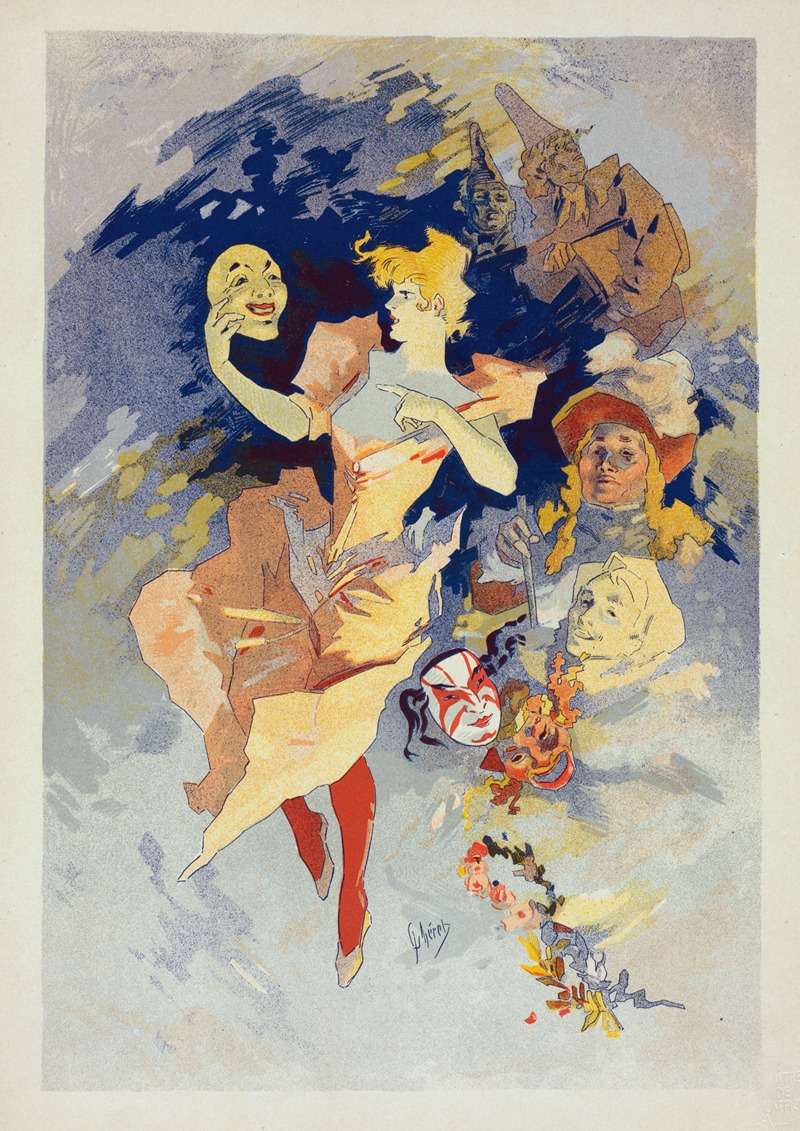
La Comédie
A hand-painted replica of Jules Chéret’s masterpiece La Comédie, meticulously crafted by professional artists to capture the true essence of the original. Each piece is created with museum-quality canvas and rare mineral pigments, carefully painted by experienced artists with delicate brushstrokes and rich, layered colors to perfectly recreate the texture of the original artwork. Unlike machine-printed reproductions, this hand-painted version brings the painting to life, infused with the artist’s emotions and skill in every stroke. Whether for personal collection or home decoration, it instantly elevates the artistic atmosphere of any space.
La Comédie is a renowned lithograph created by the French artist Jules Chéret in 1894. Chéret, often referred to as the "father of the modern poster," was instrumental in the development of the art of poster design during the Belle Époque period in France. His work is characterized by its vibrant colors, dynamic compositions, and the depiction of lively, often theatrical scenes.
La Comédie is a quintessential example of Chéret's style and his contribution to the world of advertising and graphic design. The lithograph was created as a promotional poster for the Théâtre de l'Opéra-Comique in Paris, a venue known for its productions of light operas and comedies. The artwork captures the essence of the theater's lively and entertaining performances.
The composition of La Comédie features a central female figure, often referred to as a "chérette," a term coined to describe the joyful and elegant women that frequently appeared in Chéret's posters. The woman in La Comédie is depicted in a dynamic pose, with flowing garments that suggest movement and grace. She is surrounded by theatrical masks, musical instruments, and other elements that evoke the world of the performing arts.
Chéret's use of color in La Comédie is particularly notable. He employed a palette of bright, contrasting hues that draw the viewer's eye and create a sense of excitement and energy. The lithograph's background features a gradient of colors that transition from deep blues to vibrant yellows, enhancing the overall sense of dynamism.
The technique of lithography, which Chéret mastered, allowed for the production of multiple copies of the poster, making it an effective medium for advertising. Lithography involves drawing an image onto a flat stone or metal plate with a greasy substance, then treating the surface with a chemical solution that ensures the image will attract ink while the non-image areas repel it. This process enabled Chéret to produce posters with rich, vivid colors and intricate details.
Jules Chéret's impact on the art world extends beyond his individual works. He is credited with elevating the status of the poster from mere commercial advertisement to a respected form of artistic expression. His innovative approach to design and his ability to capture the spirit of the Belle Époque era influenced a generation of artists and designers.
La Comédie remains an important piece in the history of graphic design and is celebrated for its artistic merit and historical significance. It is part of various collections, including those of major museums and private collectors who appreciate Chéret's contribution to the arts.
In summary, La Comédie by Jules Chéret is a vibrant and dynamic lithograph that exemplifies the artist's mastery of poster design and his influence on the visual culture of the late 19th century. Through its lively composition and bold use of color, the artwork captures the essence of the theatrical world it was created to promote, and it continues to be admired for its artistic and historical value.






